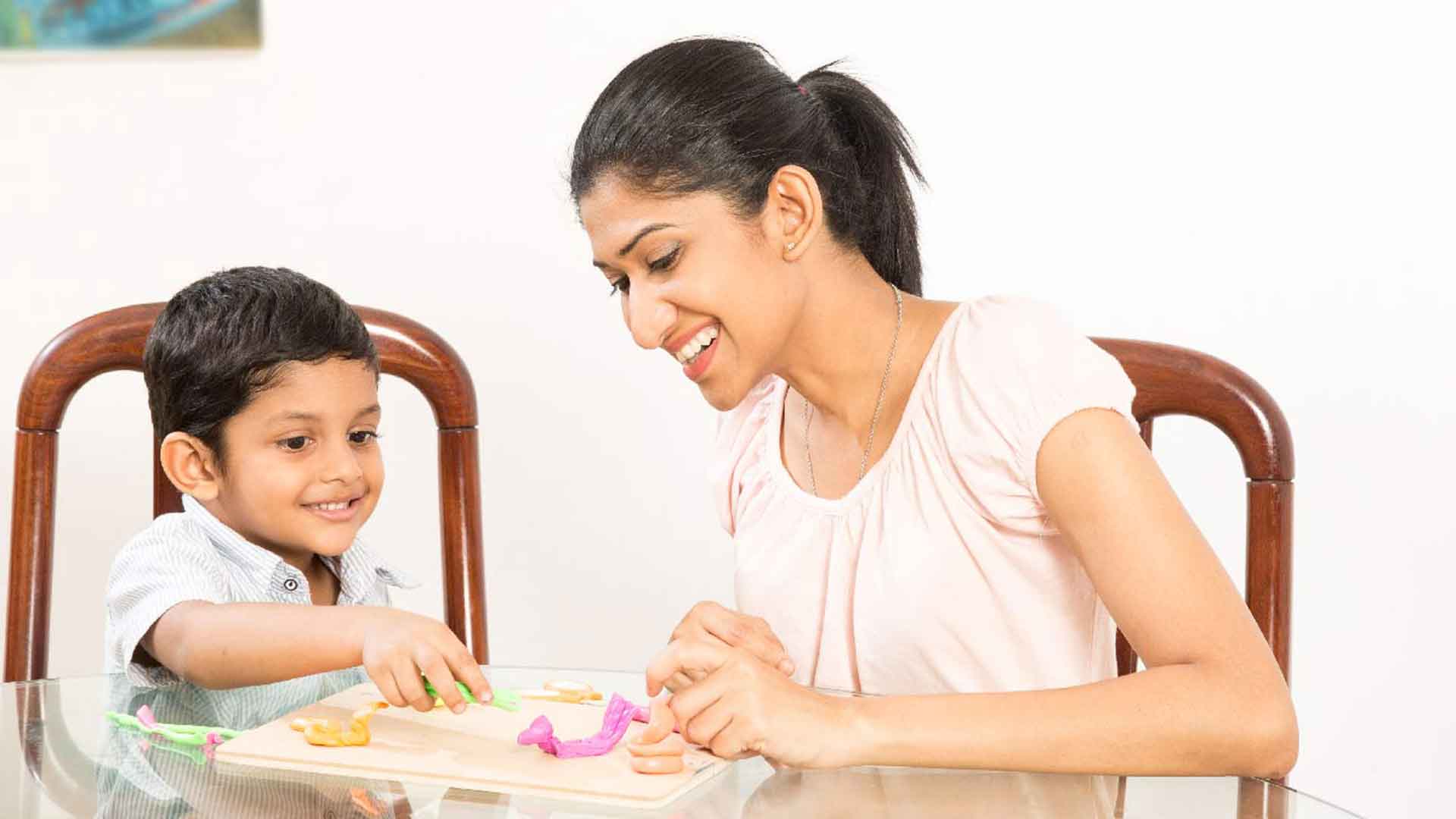























Learning Styles Attention and Focus

Dinusha Manjarie Wickremesekera

Up until the Covid-19 pandemic and the ensuing lockdowns and travel restrictions formal learning was done in a school environment. The formal learning environment provided teacher supervision, and for some students, this worked well while for others it was more daunting. However, for now, we are working and learning from home with less teacher supervision. Online learning holds challenges for some children while others will find it easier.
How is your child coping with learning online? Learning is the process of collecting and organizing new information and incorporating it within what you already know. Each of us has our preferred way of learning. Maybe you remember something best when it is explained to you, or maybe it is when you actually do it, or maybe it is when you see how it is done. How we learn is unique to the individual.
Psychologists have identified 4 learning styles through which children incorporate new knowledge.
• Visual learners – learn best through seeing. Images, charts, maps, written form help visual learners to incorporate and recall information better. They tend to have well-developed imaginations.
• Auditory learners – learn best through hearing. Listening and discussions help auditory learners to learn better and faster. Quieter the environment the better it for learning.
• Tactile learners – learn best through touch or their hands when they doodle it is their way of paying attention.
• Kinesthetic learners – learn best by doing. Sitting for a long time could be a problem as they are better focused and incorporate information best when they are moving around or making and doing something.
Most of us have a combination of all the styles with greater reliance on one or two styles. What might appear to us as a lack of attention and focus could be at the most basic level a problem of how the information is presented to you.
When you observe what your child’s interests, preferences, favourite activities, and strengths are you will have a better understanding of how your child learns. Does your child like to: read or draw pictures? See pictures in storybooks or listen to stories? To move around in play? Knowing learning styles will help you to motivate learning better without resorting to material rewards.
It might not seem like it, but what happens in the playroom translates to the classroom because it encourages the range of learning styles and provides for experiences that children might not seek otherwise. For play chose your toys carefully. Make sure the toys include manipulatives, books, props for imaginary play, dance, art, and allow for imaginary play. Talking to your child through difficulties with schoolwork will also help the child understand better why s/he might be struggling in class sometimes and with the teacher you could work out strategies to help with attention and focus to suit the learning style.
Online learning is predominantly geared to the visual and auditory learning styles with how information is presented, and the study packs shared. However, if a child is a kinesthetic or tactile learner, online learning has less to offer. Their attention span would seem shorter, but it is just more difficult to stay focused, pay attention to understand because how information is presented doesn’t correspond to their preferred learning style.
An important word of caution. Based on the recommendations of psychologists, screen time is regulated in Western countries. The recommendation is that screens are not given before a child is 2 years. For children between 2 and 6 years, the recommendation is one hour a day. This recommendation is now not possible to stick to with schoolwork done online, and sometimes interactions with extended family are also online. So, hours on-screen time has increased. The recommendations are in place because of the increased risks of negative physical, behavioural and cognitive outcomes.
While you might not have a choice now, being aware will help you to monitor and balance screen time, with off-screen time to mitigate potential risks.
Balancing work, children and learning is not easy. However, taking a little time to address issues relating to attention and focus on schoolwork will help to relieve some stress.
Share With:
Recommended Articles


Nimali Buthpitiya
Know your Two-Year-Old little champ
When your little one has fully reached what is affectionately known as the “Terrible 2s”, they show a natural curiosity in behaviour. Your toddler starts explor...
Read More